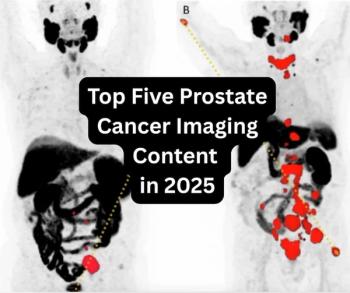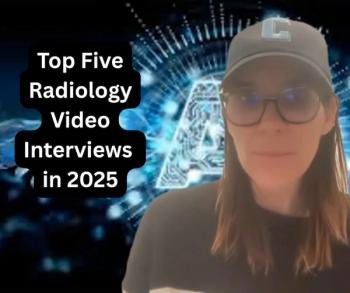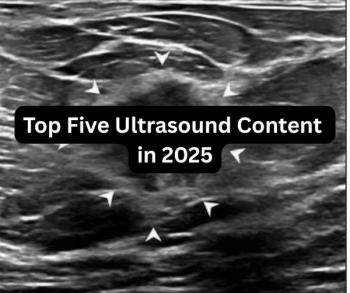
New System Combines Diagnostic Ultrasound and Transient Elastography
In order to facilitate optimal detection and assessment of liver fibrosis and steatosis, the newly launched Hepatus 6 Diagnostic Ultrasound System offers the capabilities of real-time two-dimensional ultrasound with visual transient elastography in one device.
Offering a variety of automated tools and enhanced diagnostic functionality to aid in the diagnosis and quantification of liver fibrosis and steatosis, Minday has launched the Hepatus 6 Diagnostic Ultrasound System.
In addition to the benefits of two-dimensional (2D) and color Doppler imaging for the assessment of liver morphology, Mindray said the
Automated features include quantitative analysis of liver stiffness, liver ultrasound attenuation analysis and one-click capture of 10 automated Q-scan measurements of fibrosis and steatosis within seconds, according to Mindray.
“The Hepatus 6 system provides clinicians a clear view of patient liver health and helps create a clear path forward for patients with chronic liver disease like no other system on the market today,” noted Wayne Quinn, the president of Mindray North America.
Mindray said another aspect of the Hepatus 6 Diagnostic Ultrasound System includes the ability to switch between the ViTE transducer and the curved ultrasound transducer to see greater real-time detail. The company added that an adjustable panel facilitates ergonomic workflow.
(Editor’s note: For related content, see “
Newsletter
Stay at the forefront of radiology with the Diagnostic Imaging newsletter, delivering the latest news, clinical insights, and imaging advancements for today’s radiologists.




























